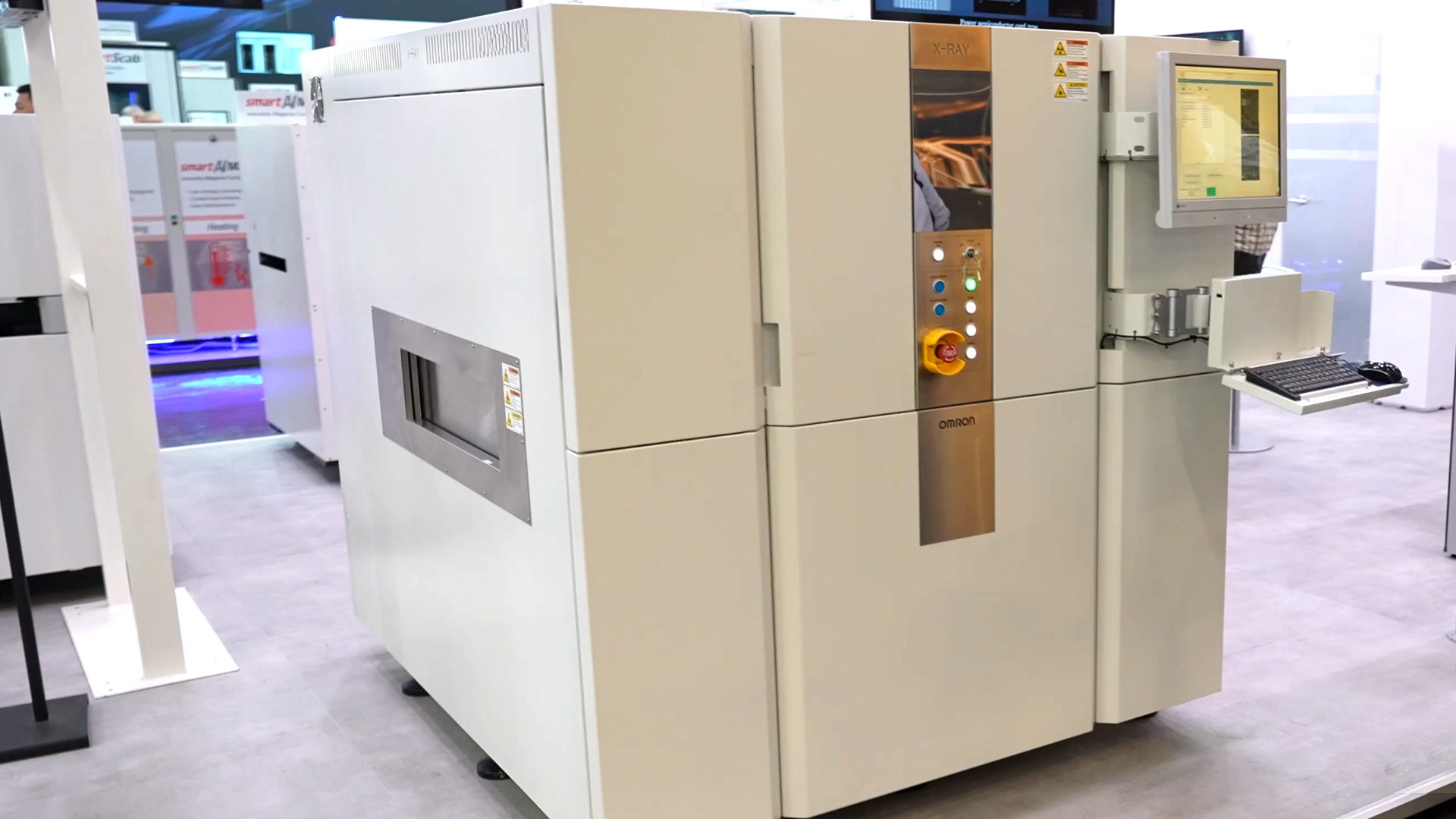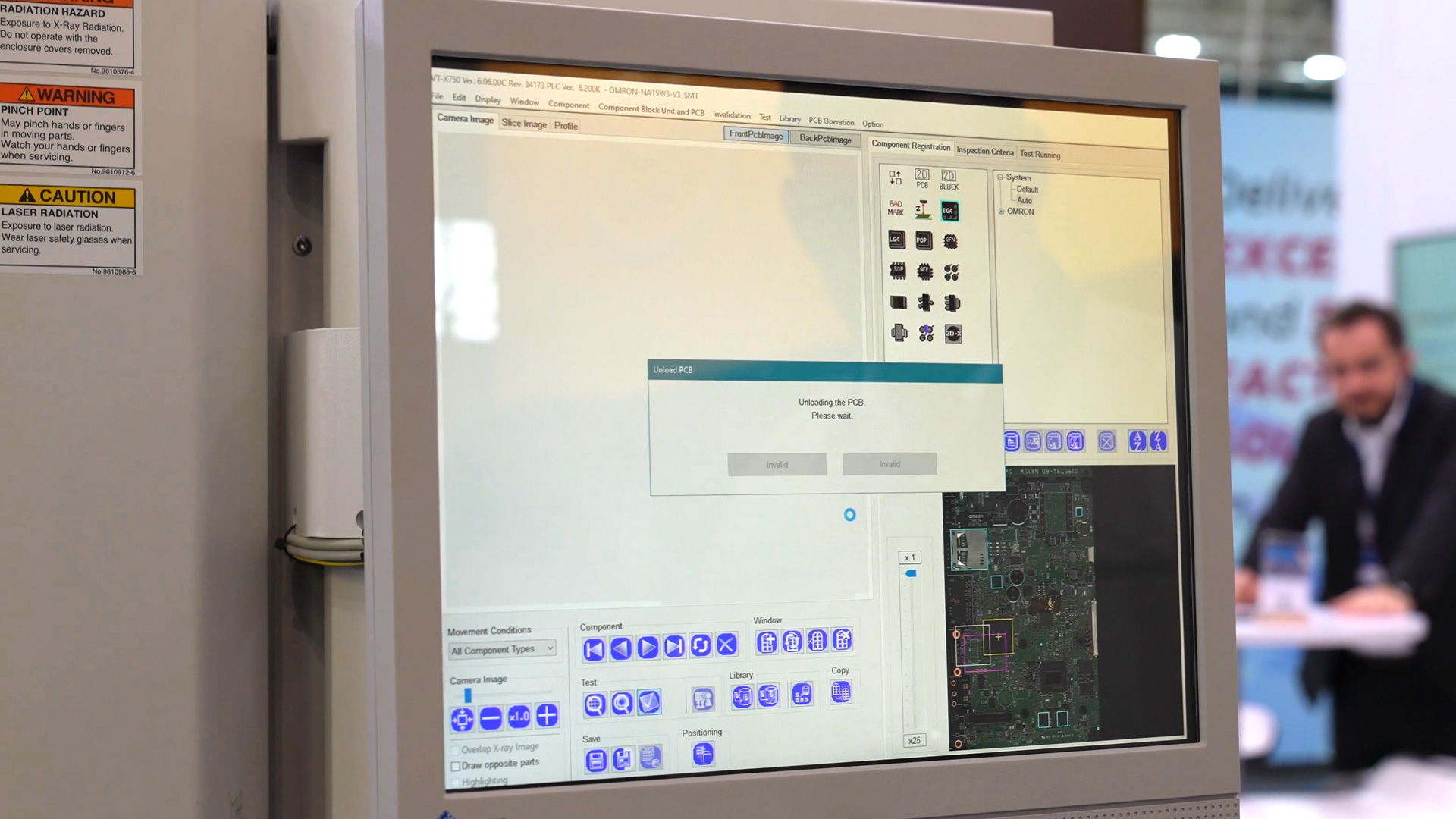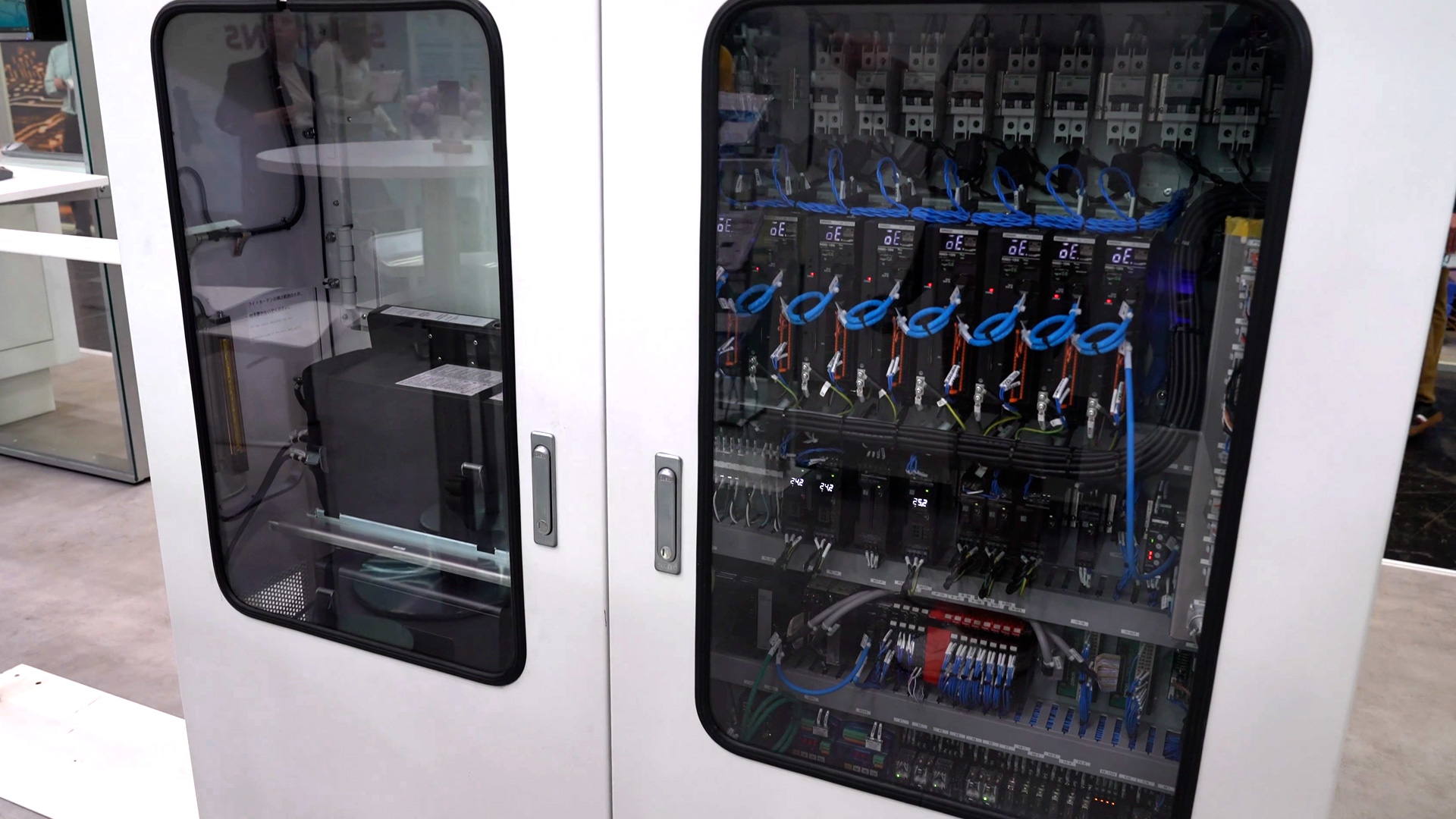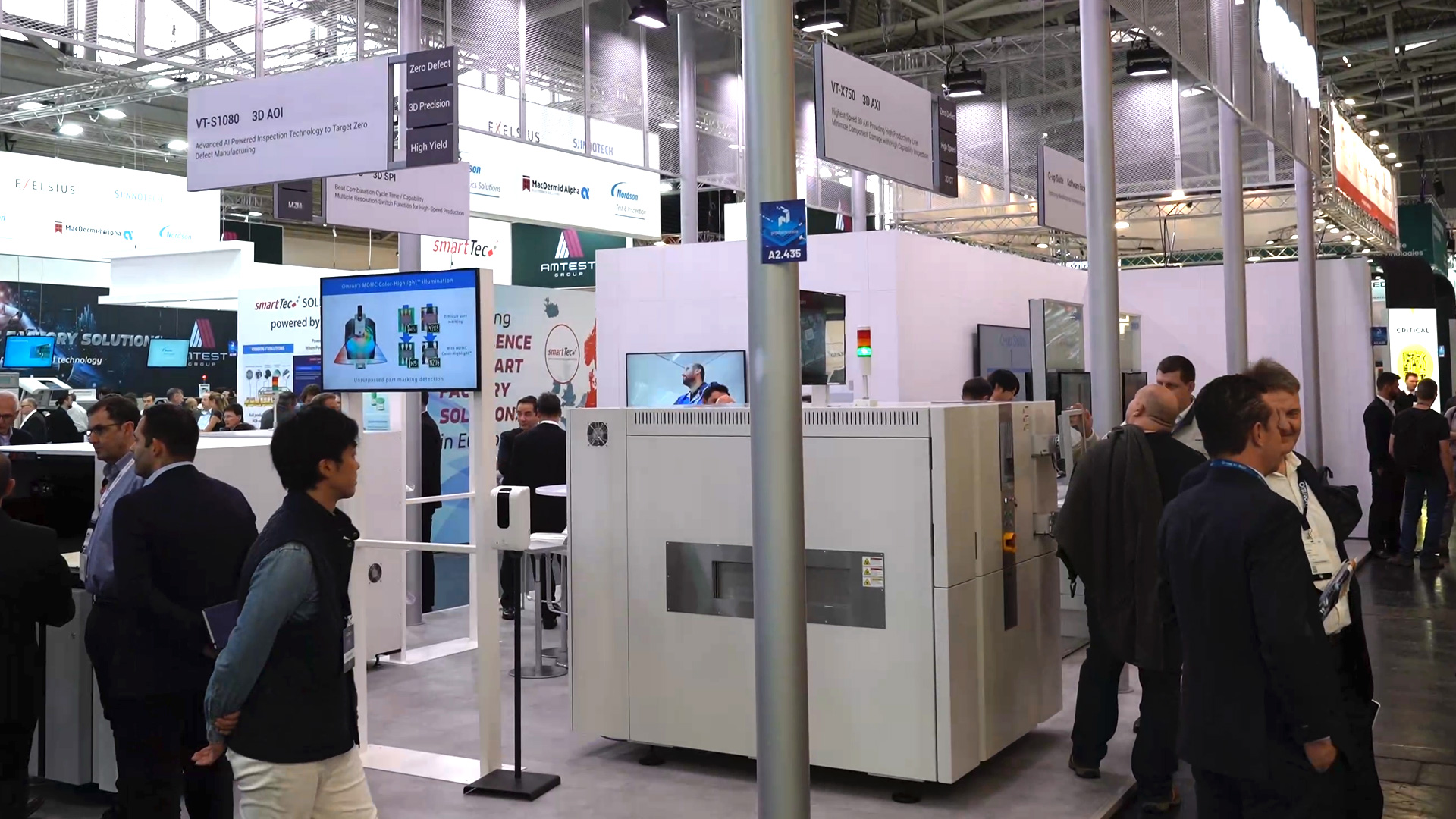At productronica, it is clear how automated X-ray inspection is becoming increasingly important. The Omron VT-X750-V3 is an example of a technology that combines speed, resolution, and mechanical stability. At a time when printed circuit boards are becoming denser and components more complex, such a system is considered an indispensable tool for reproducible quality control.

The VT-X750-V3 is based on a long line of AXI development and combines high-speed inspection with detailed CT reconstruction. The machine generates three-dimensional images that reveal layer by layer what remains hidden to the naked eye. The basis is the X-ray tube below the board and a detector above it, which captures the rays and transmits the data to a high-performance computer. The image structure is designed so that even fine structures in BGAs or press-fit areas remain visible. For high-density electronics, this is considered an essential prerequisite for ensuring that defects are not only discovered in the final test.

The VT-X750-V3 addresses typical challenges in assembly production: concealed solder joints, highly stressed power components, closely spaced BGAs, or interfaces with press-fit technology. The machine is already the fourth generation since the introduction of the VT-X700. Over the years, the mechanics, software, and operating logic have been continuously revised, often based on feedback from industrial use. Companies in the automotive industry in particular had high expectations in terms of stability, image quality, and repeatability. These requirements provided the systems with a constant stream of new ideas, which have been incorporated into the current version. In areas such as industrial electronics, energy applications, and control devices, the demand for reproducible X-ray inspection is also increasing because components are becoming increasingly compact and functionally complex.

Looking inside, the solid construction is striking. Weighing several tons, it ensures stability and prevents vibrations that would interfere with CT images. The layout is clearly structured: the tube is located in the lower section, the conveyor in the middle, and the detector above. This is complemented by components from our own production – uninterruptible power supply, servo drivers, and a control system developed in-house. The control system forms the heart of the system because it bundles movements, image acquisition, and safety logic. The integration of our own components Omron ensures consistent machine performance, facilitates maintenance, and enables long-term supply of spare parts. Users benefit from the fact that the mechanics, electronics, and software originate from a coherent development environment.

Plates can enter the system from several sides – left, right, or front. Once the assembly is inside, the machine recognizes the fiducial marks and automatically starts the CT scan. The elliptical movement between the X-ray tube and the detector generates the different angles from which the three-dimensional image is later reconstructed. This movement sequence is crucial because it is the only way to obtain sufficient image information to reliably assess hidden structures. The resulting data is sent directly to the high-speed PC, which generates the volumetric representation. This process is designed to require as little intervention as possible while still delivering consistent results.

In addition to the VT-X750-V3, other variants designed for specific requirements are also mentioned. For e-mobility components with large component heights, the VT-X850 is available, which works with a stronger tube and supports higher clearance values. This allows components to be tested that cannot be sufficiently penetrated in classic AXI systems. For semiconductor production, another solution offers particularly high resolution: the X-59 can visualize the smallest structures, such as microbumps in chiplet assemblies. This capability is becoming increasingly important, especially in the field of miniaturized chip architectures, because errors at the micrometer level often have a major impact on entire systems.

Finally, it should be noted that all systems are permanently installed at the Application Technology Center in Stuttgart. There, companies can test real samples, simulate production processes, and compare different inspection strategies. This location serves not only as a demonstration room, but also as a platform for exchange on technical developments, application questions, and individual optimizations.
